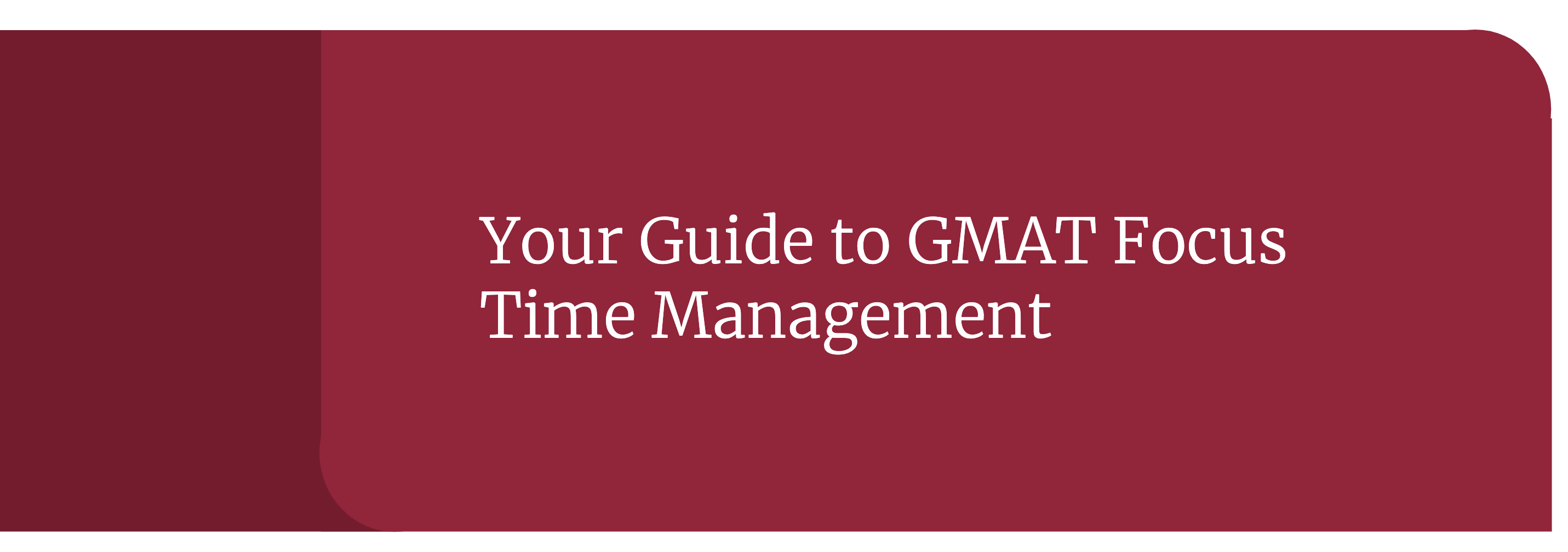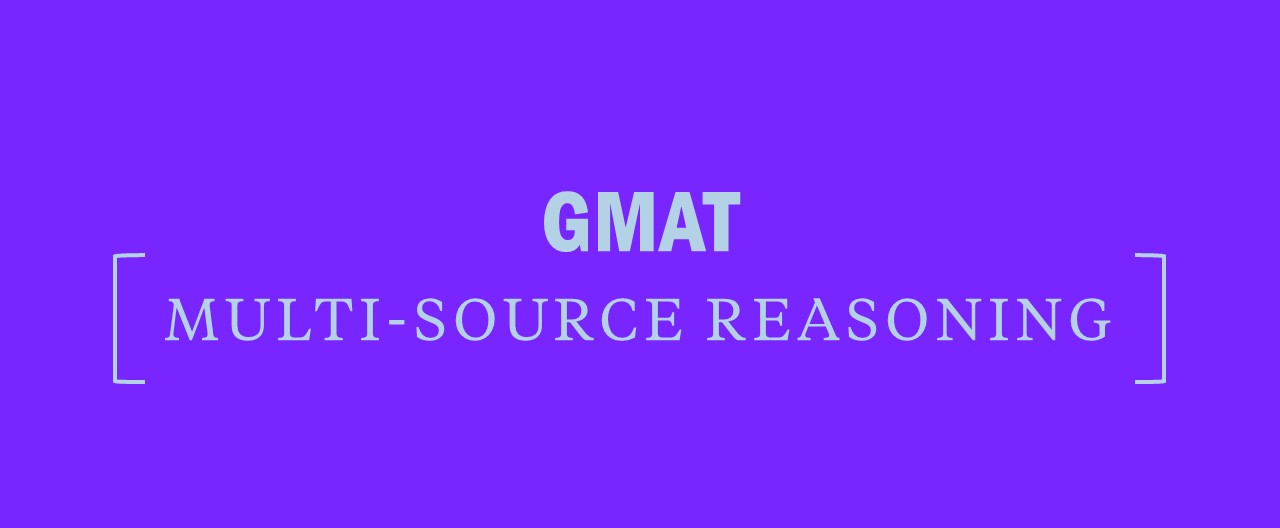GMAT Critical Reasoning Answer Prediction
One of the things I love about being a Kaplan GMAT teacher is that my students learn a method for answering every question they will face on Test Day. Having a consistent approach makes answering a high-difficulty GMAT question as simple as answering its lower-difficulty cousin. Each step is the same, the steps are performed in the same order, and with practice the Kaplan Methods become my students’ methods.
Answer prediction for Critical Reasoning
Learning to use the Kaplan Methods, like learning to use any tools, requires practice. For example, the Kaplan Method for Critical Reasoning is a logical series of steps aimed at saving time through prediction:
- Identify the question type.
- Untangle the stimulus.
- Predict the answer.
- Evaluate the choices.
Although the steps are logical, their order may seem a bit counterintuitive. Before discussing the Kaplan Method for Critical Reasoning, most of my students would perform only three of these steps, and they would follow this order: Step 2 (read it), Step 1 (ID the question), then Step 4 (read the choices).
The first thing you see on a Critical Reasoning question isn’t the question; it’s the stimulus. So reading the question first is easy to forget! To apply the prediction method to its greatest advantage, you have to practice looking at the question before you untangle the stimulus. Without knowing what you are looking for (by identifying the question type), you may need to reread the stimulus, which will waste precious Test Day time.
Using your time more efficiently on the GMAT
Steps 2 and 4, deciphering the stimulus and reading the answer choices, are logical and don’t require much discussion in my classroom. However, I find that Step 3 bears frequent repeating. I usually write it in all caps: PREDICT THE ANSWER. It flows from the previous steps; once you’ve read the question, you know, for example, whether you need to identify an assumption or weaken the argument. Then, once you take apart the stimulus, you know what that assumption or weakener should be. Voila! All that remains is finding the match.
Prediction takes just a few seconds of critical thinking. Novice GMAT-takers will read the stimulus and then the question, then assess each answer choice; by applying the Kaplan Method and predicting what you are looking for before you read the answer choices, you will save time and increase your accuracy. And that will certainly go a long way toward helping you land your best score.
The Denial Test
In your GMAT preparation you have probably learned to tackle critical reasoning assumption questions by identifying the conclusion of the argument, followed by the evidence and then looking for the missing link between these, which will be the central assumption. However, you have also probably encountered GMAT problems in which you either cannot figure out what the assumption is before you go to the answer choices or the assumption you found is not listed as an option. When this happens you want to be ready with a backup strategy.
The standard backup strategy for assumption questions – and do keep in mind this should not be used as a primary strategy, since it is more time consuming than the usual approach – is the denial test.
The denial test is based on the idea that the assumption is something that must be true in order to link the evidence to the conclusion. Another way to think about this is that if the assumption were not true, the evidence would no longer lead to the conclusion; that is, the argument would fall apart.
Therefore, as long as you have identified both the conclusion and evidence you can apply the denial test by negating each answer choice. Once you negate the option, see if the argument can still be true, even though the answer choice is false. If the argument cannot be true once the choice has been negated, you have found your assumption
For example, in the argument “poisons are harmful, therefore chemical X is harmful,” the conclusion is “chemical X is harmful” and the evidence is “poisons are harmful.” If an answer choice for the assumption said “chemical X is a poison,” we would negate this by making it “chemical X is not a poison.” If we know that chemical X is not a poison, then knowing that poisons are harmful tells us nothing about chemical X and the argument falls apart. Thus, we have found our assumption.
By using this strategy on GMAT test day when you get stuck on an assumption question you will be able to find the right answer without either guessing or using a method that is not working for you on that problem. Give it a try on the question below.
Practice Question
Politician: It is important for members of the State Assembly to remember that Governor Norman’s proposed new state thruway was part of her platform during her landslide re – election campaign last year. This means that if the thruway plan is defeated, its opponents will have much to answer for in next November’s State Assembly elections.
The politician’s argument relies upon which of the following assumptions?
A. Many of those who voted for Governor Norman oppose the thruway proposal.
B. The thruway proposal is likely to be defeated by the State Assembly.
C. Many of those who voted for Governor Norman supported the thruway proposal.
D. Everyone who voted for Governor Norman last year will vote in the State Assembly elections.
E. Those members of the State Assembly who oppose the thruway proposal do not have valid reasons for opposing it.
The question stem asks us to identify an assumption. Read the stimulus and find the evidence and conclusion. How do they differ? The assumption holds the evidence and conclusion together despite their apparent differences.
Answer
When the Governor won by a landslide, her platform included a thruway proposal. Based on this evidence, the politician concludes that if the thruway plan is shot down in the State Assembly, those responsible for its defeat will be in big trouble come election time.
The author assumes that the Governor won because her platform included a thruway proposal. But for all we know, the Governor may have won despite, not because of, the proposal. If the November threat to thruway opponents is real, it must be true that many of those who contributed to the landslide also support the project.
Choice (C) is a perfect replica of the paraphrase above. If, in fact, many who voted for Norman support the thruway, then the politician’s conclusion is surely reasonable — opponents of the thruway may be in hot water with the voters, at least over this issue.
Choice (A) is the exact denial of correct Choice (C). The fact that many of Norman’s supporters oppose the thruway would substantially weaken the politician’s argument.
Choice (B) goes beyond the scope of the argument by assessing the thruway proposal’s chances. The argument is based on the hypothetical “If it is defeated . . .” So even if it is not likely to be defeated, the threat may still be real should the defeat actually occur. The word if ensures that the chance of defeat plays no role in the validity of the argument.
Choice (D) is also not necessary to the argument. Even if not everyone who voted for the Governor last year votes in the State Assembly elections, enough of them may vote to cause trouble for thruway opponents — if those voters support the project.
Choice (E) is irrelevant to the argument. No matter what reasons the members of the State Assembly have for opposing the thruway, the Governor’s voters may not forgive them for a thruway defeat. Nothing regarding the validity of the opposition is required here.
The answer is C
Jennifer Mathews Land has taught for Kaplan since 2009. She prepares students to take the GMAT, GRE, ACT, and SAT and was named Kaplan’s Alabama-Mississippi Teacher of the Year in 2010. Prior to joining Kaplan, she worked as a grad assistant in a university archives, a copy editor for medical web sites, and a dancing dinosaur at children’s parties. Jennifer holds a PhD and a master’s in library and information studies (MLIS) from the University of Alabama, and an AB in English from Wellesley College. When she isn’t teaching, she enjoys watching Alabama football and herding cats.


